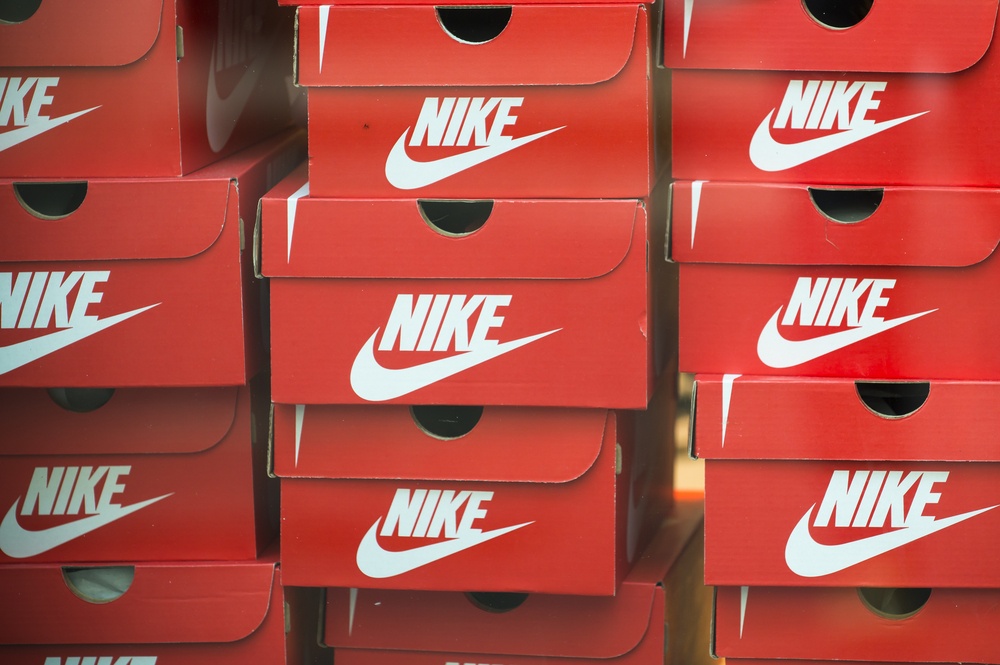Key takeaways:
• Nike reported a 1% rise in revenue to $11.7 billion in the quarter.
• Wholesale sales jumped 7% while direct-to-consumer and digital sales dipped.
• Earnings per share fell 30% to 49 cents due to China struggles and tight margins.
• CEO transition to Elliott Hill drove shares higher.
• Nike forecasts low single-digit growth ahead.
Breaking Down Nike Q1 Earnings
Nike Q1 earnings showed a modest revenue gain against tough estimates. Investors remain curious after the report. Moreover, the 1% sales jump reached $11.7 billion. Meanwhile, wholesale orders grew by 7%. However, direct-to-consumer and digital sales fell for the period. As a result, profits took a hit in one area even as another segment thrived. Overall, these numbers beat Wall Street guesses by a small but key margin.
Revenue Growth and Sales Channels
Nike Q1 earnings revealed a split performance across channels. On one hand, wholesale sales climbed 7%. Retail partners placed more orders for their stores. On the other hand, Nike’s own shops and online sales dipped. Consequently, the direct-to-consumer segment saw a slight decline. Thus, total revenue still managed to move up by 1%.
Wholesale growth often comes from strong demand among big retailers. Yet Nike also faces fierce competition online. Therefore, balancing these channels remains crucial. Furthermore, the brand must keep digital sales strong to reach young shoppers. Still, wholesale proved its power this quarter.
Profit Pressures in China
Earnings per share dropped to 49 cents, down 30% year over year. Nike cited challenges in China as a major factor. For months, the market has dealt with lockdowns and lower sportswear demand. As a result, margins came under pressure. Costs rose, and discounting increased to move inventory. Thus, profit growth slowed sharply in Asia.
Nevertheless, the firm expects China to rebound over time. The region still represents a big part of Nike’s global sales. Moreover, management plans more local designs and partnerships to connect with local fans. This tactic should help Nike recover margins and loyalty in the long run.
Leadership Change Sparks Optimism
This quarter will be the last under the longtime CEO. Soon, Nike will hand leadership to Elliott Hill. Hill served as an executive in key global areas for Nike. He has deep experience with product lines and growth strategies. Therefore, investors took the news as a positive sign. In fact, shares ticked up after the earnings report.
The leadership shift happens amid broader changes in the sportswear industry. Brands race to capture digital fans and global markets. Hill’s vision looks set to focus on innovation and speed. He also wants to strengthen Nike’s online presence. In addition, he plans to boost direct relationships with customers.
What Lies Ahead for Nike
Looking forward, Nike sees low single-digit revenue growth in the next quarter. This forecast reflects ongoing China headwinds and a tough retail climate. However, Nike also plans new product drops and marketing campaigns. In the coming months, the company will push fresh sneaker launches and eco-friendly lines. Moreover, Nike aims to expand its membership program to increase loyalty.
To support these moves, the brand will invest in digital platforms. It hopes to ease the recent drop in online sales. Additionally, Nike will work on faster delivery and better customer data. These steps can boost direct-to-consumer results. Ultimately, Nike’s success may hinge on how it balances old channels with new.
In simple terms, Nike scored a win despite some tough spots. The wholesale team did well, offsetting weaker online orders. China remains a challenge but has the potential to rebound. Meanwhile, a new CEO will guide Nike into its next chapter. Thus, the story of Nike Q1 earnings is one of modest gains and cautious optimism.
Conclusion
Nike Q1 earnings beat estimates even as some segments slowed. The brand reported a 1% rise in total revenue. Wholesale sales led the charge, while online sales dipped. Profits fell amid issues in China. At the same time, a new CEO took center stage. Looking ahead, Nike expects low single-digit growth and plans new product pushes. As a result, investors and fans will watch closely how this sportswear giant adapts.
Frequently Asked Questions
What drove Nike’s revenue growth this quarter?
The 1% revenue increase came mainly from a 7% jump in wholesale orders. Big retail partners placed more orders, offsetting weaker direct and online sales.
Why did earnings per share drop by 30%?
Profit per share fell due to challenges in China. Lockdowns, higher costs and discounting squeezed margins in that key market.
How will the new CEO affect Nike’s strategy?
Elliott Hill brings deep experience in product and global markets. He plans to boost digital sales, push innovation and strengthen customer connections.
What can consumers expect next from Nike?
In the coming months, Nike will launch new sneaker collections and eco-focused lines. It will also enhance its online experience and membership perks.

